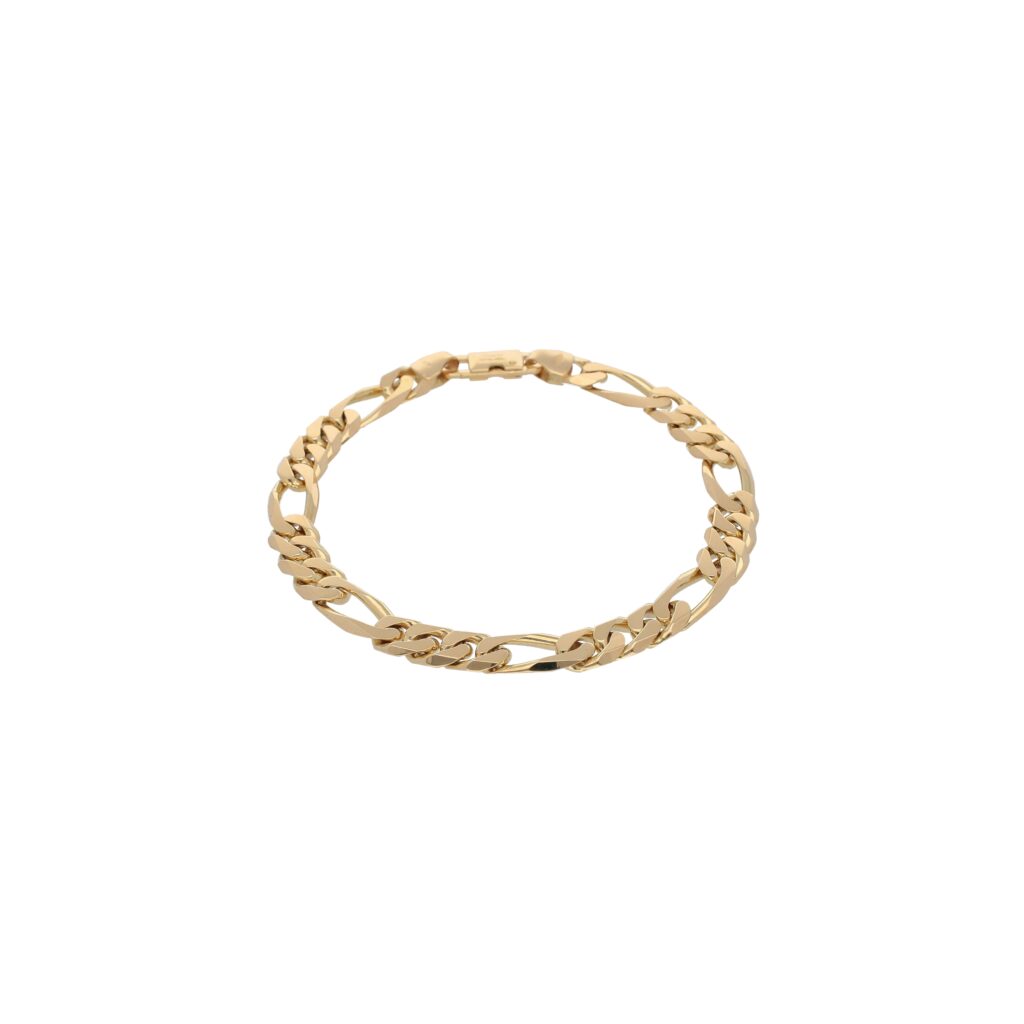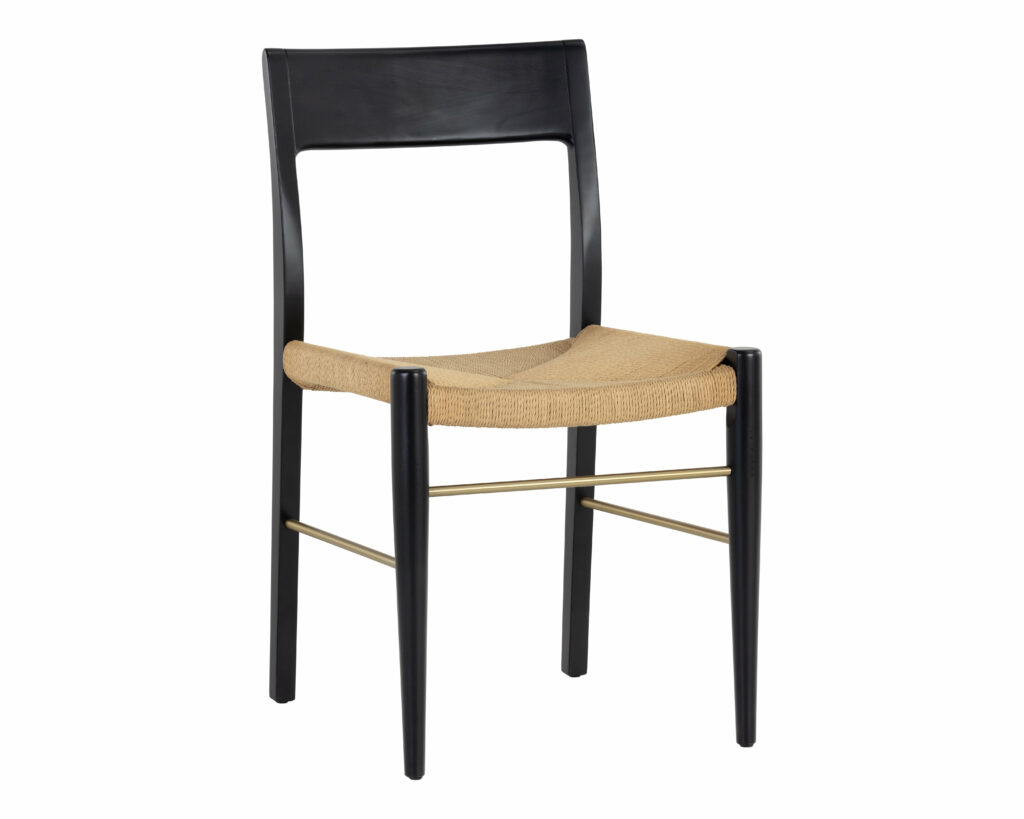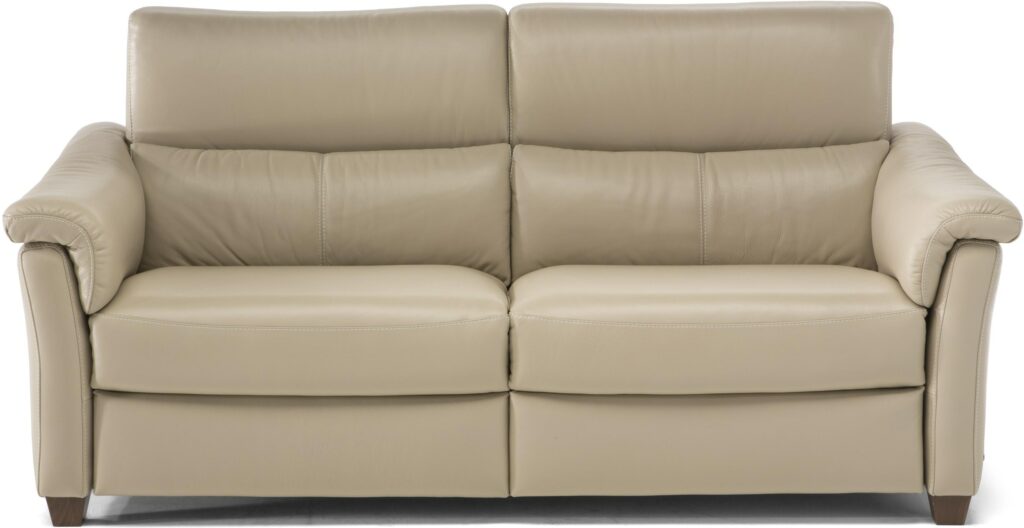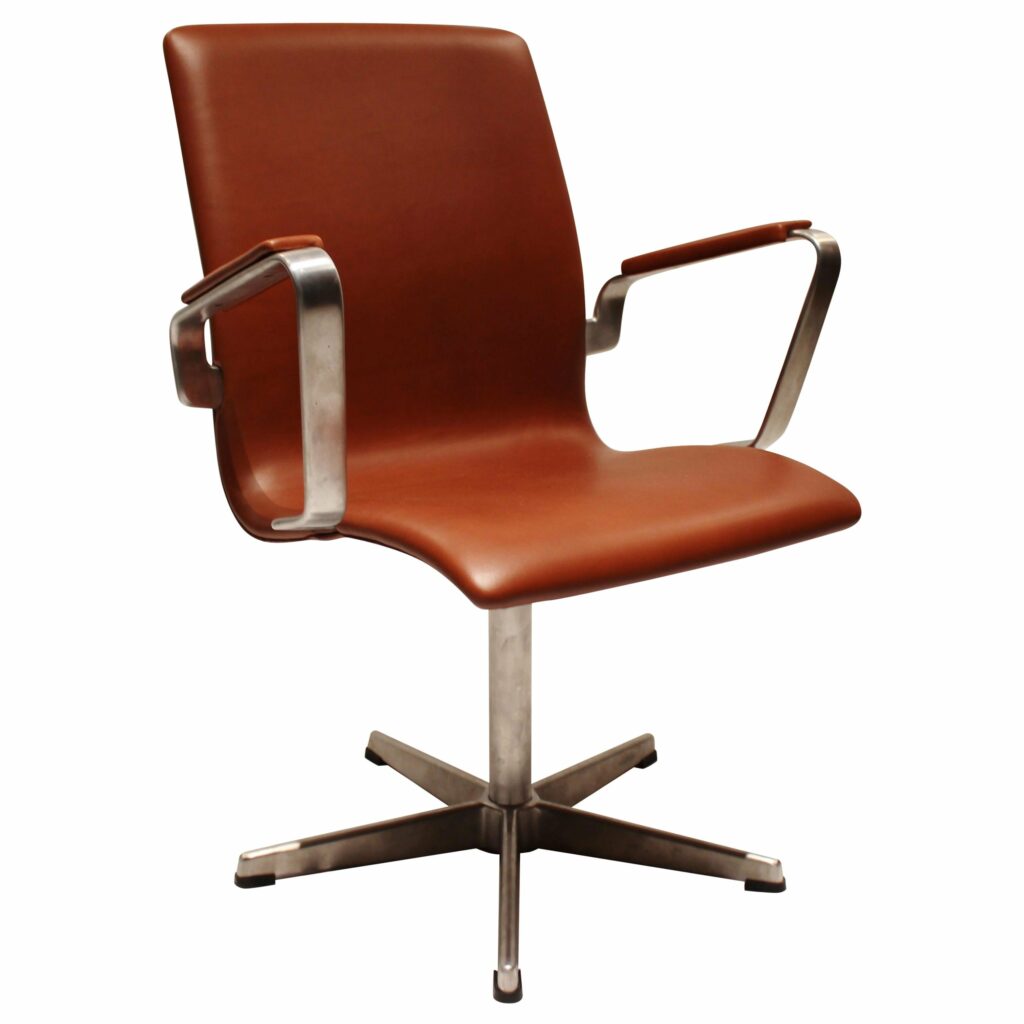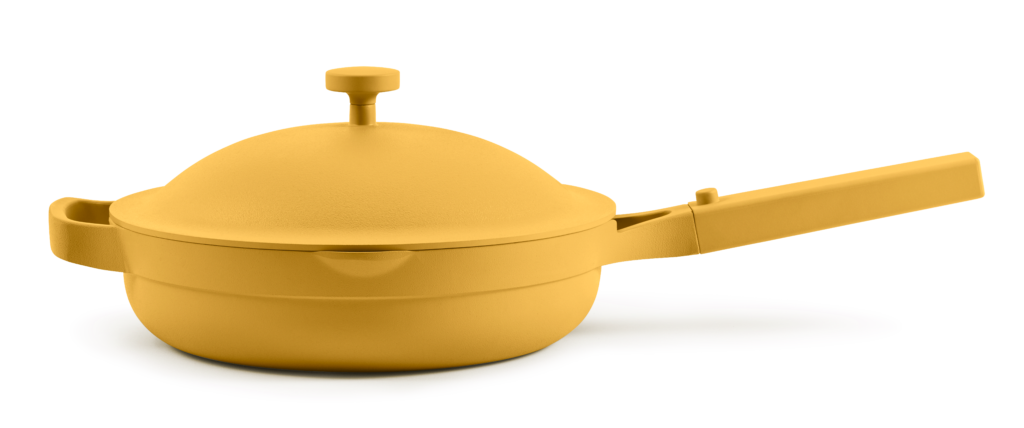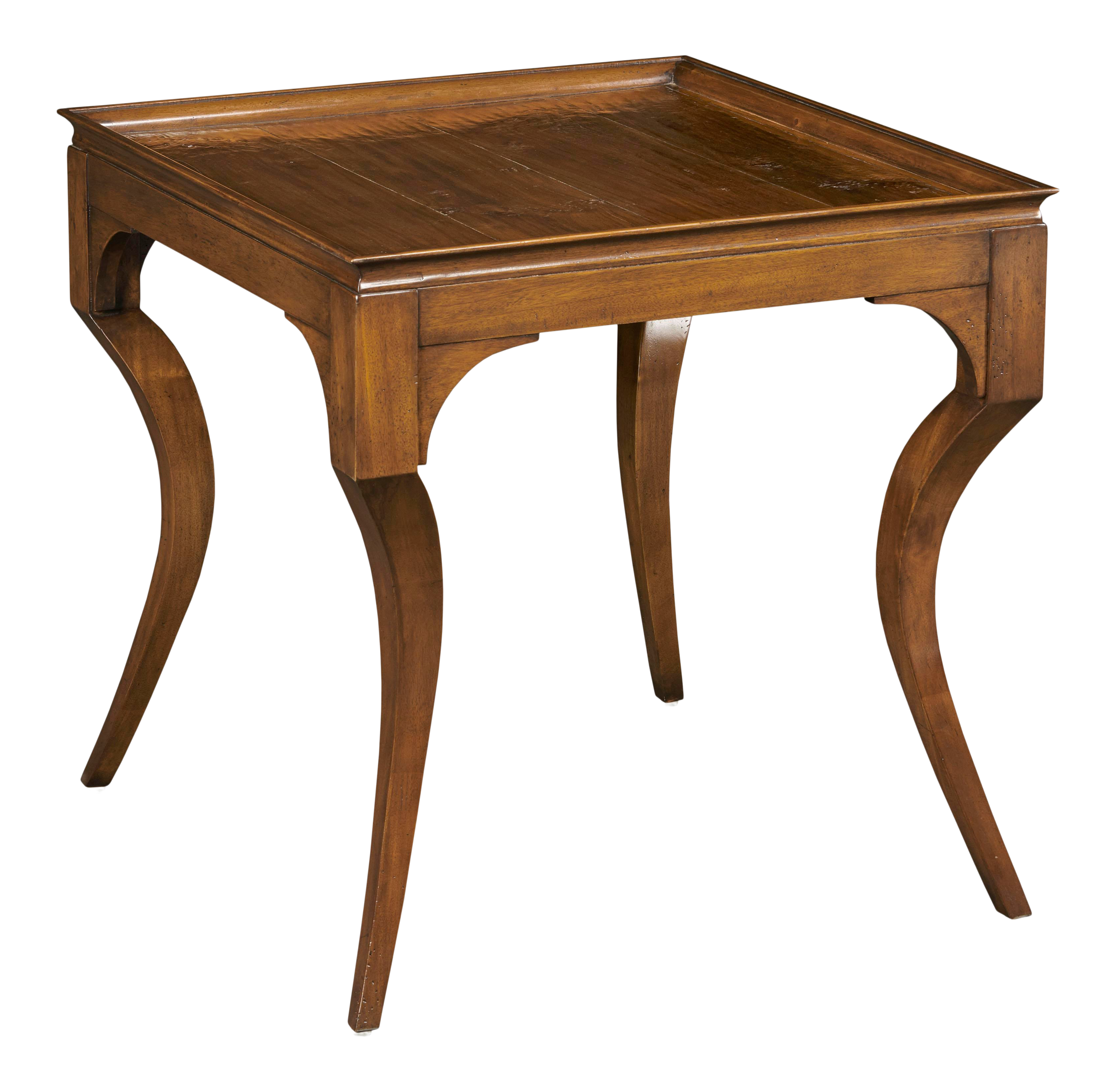
Classic traditional furniture has always been a popular choice for homeowners who appreciate timeless elegance and sophisticated design. In this article, we will explore the various aspects of classic traditional furniture, including its history, design elements, and how to incorporate it into your home. We will also discuss some popular long-tail keywords related to classic traditional furniture, such as classic doors design, what is modern classic room design, classic master bedroom, sofa classic design, and classic ideas.
History of Classic Traditional Furniture
Classic traditional furniture has its roots in the European design styles of the 18th and 19th centuries. These styles, which include Baroque, Rococo, and Neoclassical, are characterized by their ornate details, rich materials, and elegant proportions. As these styles evolved, they influenced the development of classic traditional furniture, which continues to be a popular choice for homeowners today.
One of the key features of classic traditional furniture is its emphasis on craftsmanship and quality materials. This focus on detail and durability has helped to ensure that classic traditional furniture remains a timeless and enduring choice for homeowners who appreciate the finer things in life.
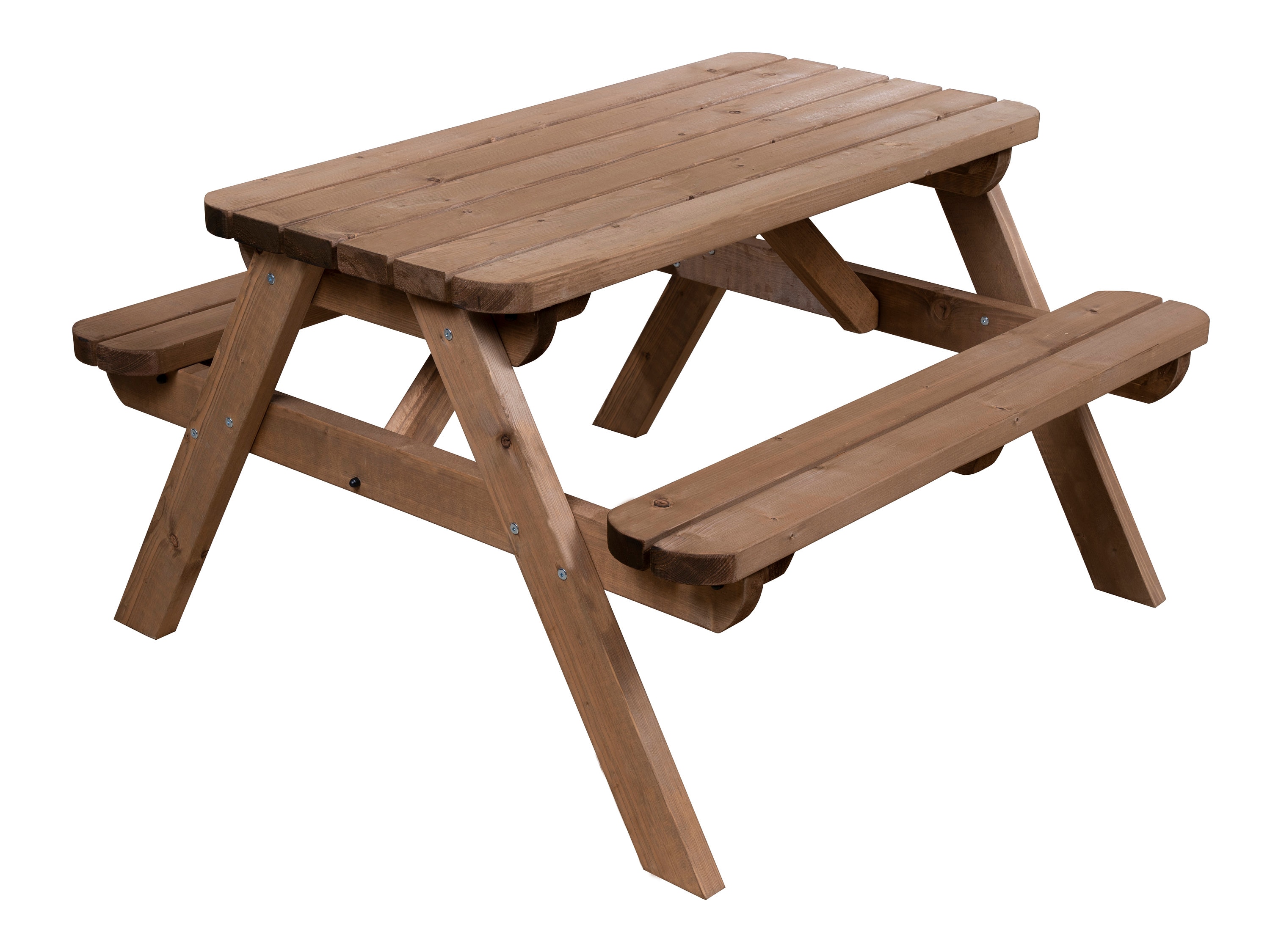
Design Elements of Classic Traditional Furniture
There are several key design elements that define classic traditional furniture. These include:
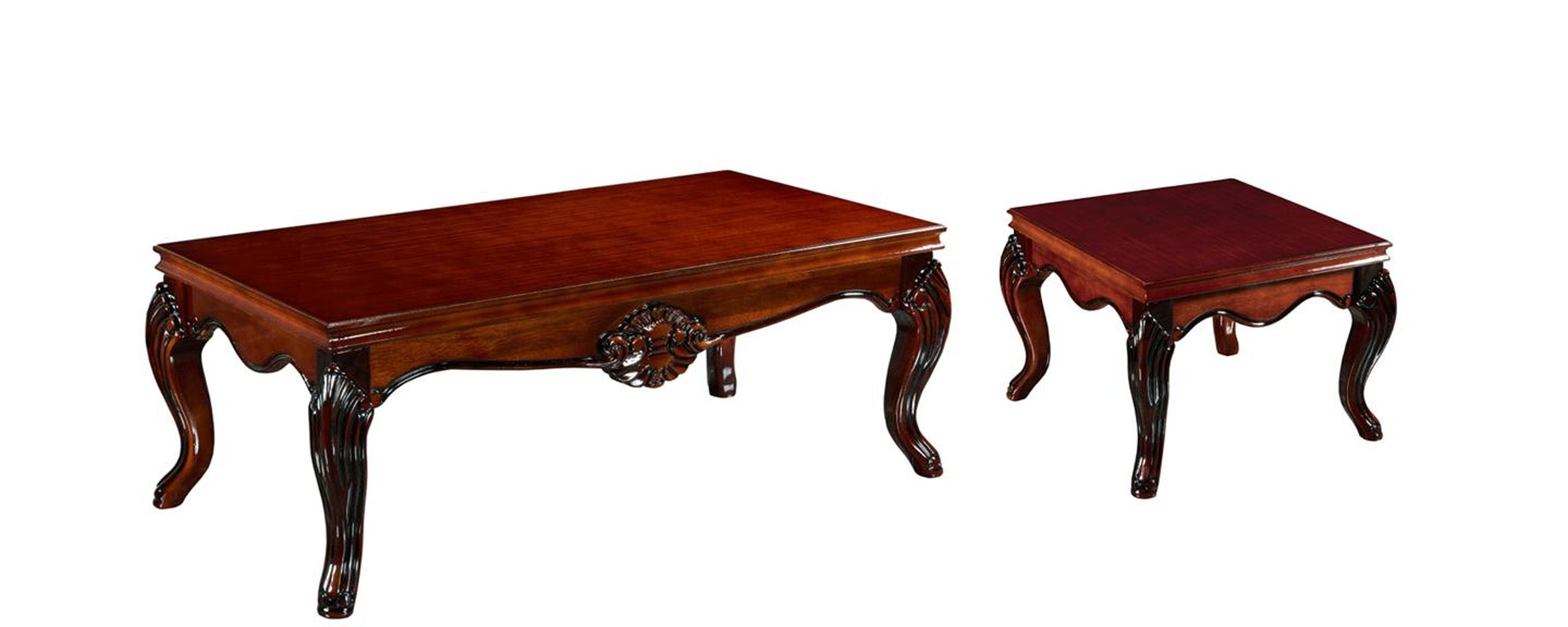
- Classic doors design: Classic traditional furniture often features intricately carved doors with elegant hardware, such as brass or bronze handles and hinges. These doors can be found on cabinets, armoires, and other storage pieces, adding a touch of sophistication and elegance to any room.
- Ornate details: Classic traditional furniture is known for its elaborate carvings, moldings, and other decorative elements. These details can be found on everything from bed frames and headboards to dining tables and chairs, adding a sense of luxury and refinement to the overall design.
- Rich materials: High-quality materials, such as hardwoods, marble, and fine upholstery, are a hallmark of classic traditional furniture. These materials not only add to the beauty and elegance of the pieces but also ensure their durability and longevity.
- Elegant proportions: Classic traditional furniture is characterized by its balanced and harmonious proportions, which create a sense of order and symmetry in any room. This emphasis on proportion and scale is one of the reasons why classic traditional furniture continues to be a popular choice for homeowners today.
What is Modern Classic Room Design?
Modern classic room design is a contemporary interpretation of classic traditional furniture, which combines the timeless elegance of classic design with the clean lines and simplicity of modern design. This fusion of styles creates a sophisticated and inviting atmosphere that is both comfortable and stylish. Some key elements of modern classic room design include:
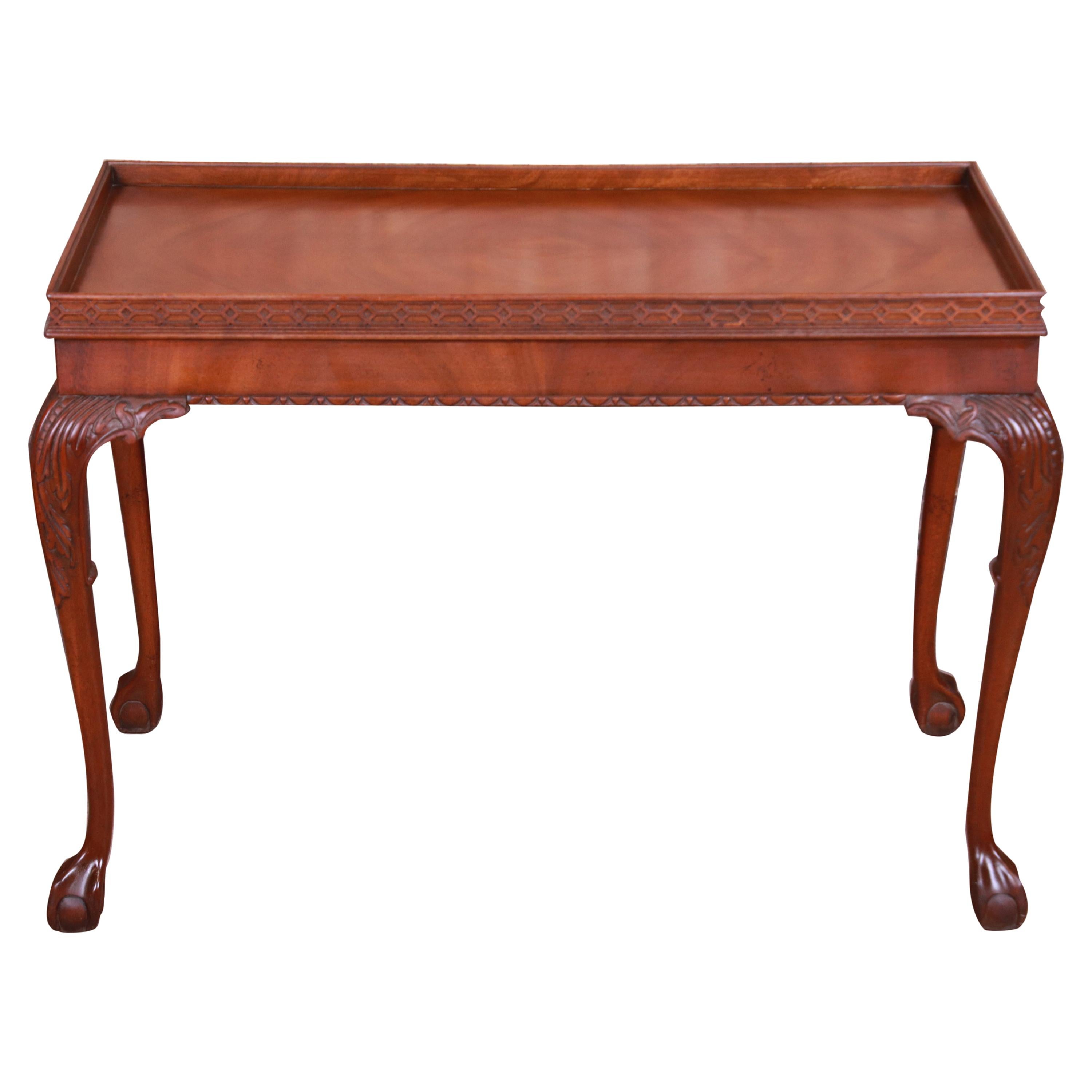
- Classic master bedroom: A modern classic master bedroom typically features a mix of traditional and contemporary design elements, such as a classic bed frame with a modern upholstered headboard, or a traditional dresser paired with a sleek, contemporary mirror.
- Sofa classic design: In a modern classic living room, a sofa with classic design elements, such as rolled arms and tufted upholstery, can be paired with contemporary accent chairs and tables to create a balanced and harmonious space.
- Classic ideas: Incorporating classic ideas, such as ornate moldings and elegant window treatments, into a modern space can help to create a sense of continuity and cohesion between the two design styles.
How to Incorporate Classic Traditional Furniture into Your Home
There are several ways to incorporate classic traditional furniture into your home, whether you prefer a more traditional or modern aesthetic. Here are some tips to help you get started:
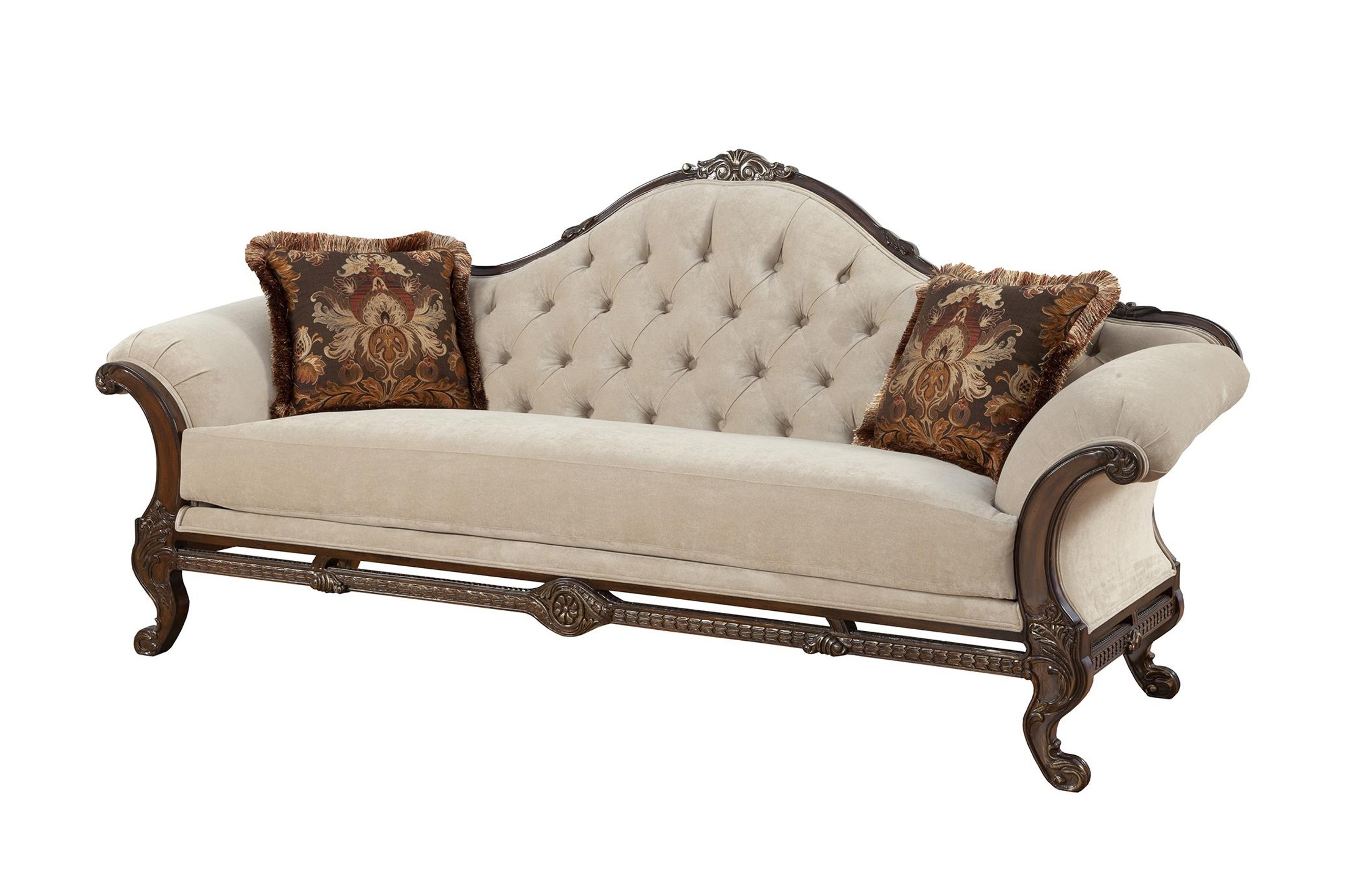
- Choose timeless pieces: Invest in high-quality, classic pieces that will stand the test of time, such as a solid wood dining table or a beautifully upholstered sofa.
- Mix and match styles: Don’t be afraid to mix classic traditional furniture with more contemporary pieces to create a unique and personalized look.
- Focus on details: Pay attention to the details, such as hardware, upholstery, and finishes, to ensure that your classic traditional furniture looks and feels luxurious and refined.
- Use color and pattern: Incorporate color and pattern through textiles, such as curtains, rugs, and throw pillows, to add warmth and personality to your classic traditional furniture.
In conclusion, classic traditional furniture is a timeless and elegant choice for homeowners who appreciate quality craftsmanship and sophisticated design. By understanding the history and design elements of classic traditional furniture, as well as how to incorporate it into your home, you can create a space that is both stylish and inviting.

